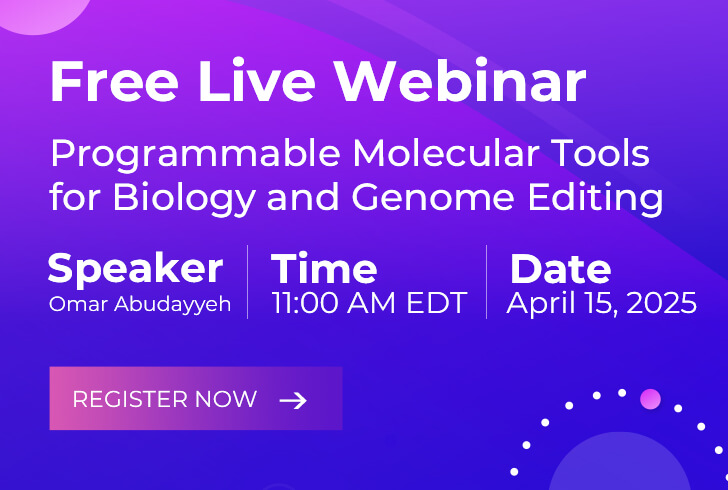Choroideremia
Inquiry NowChoroideremia is also known as total choroidal vascular atrophy or progressive choroidal atrophy or progressive tapetochorordal atrophy, first reported in 1872. It is characterized by the progressive onset of both eyes, including childhood blindness, diffuse full-thickness choroidal capillaries atrophy, and the choroid disappears completely. Choroideremia is caused by a REP1 genetic mutation located in the X chromosome 21q region, resulting in cell dysfunction and eventual death. According to the pathogenic mechanism, scientists focus on advanced adeno-associated (AAV) vectors, a good delivery medium for genes, for the treatment of choroideremia. Creative Biolabs owns rich experience in AAV vector design and gene therapy, and we can provide you with the most authoritative technical services in eye diseases, for example, choroideremia.
AAV Gene Therapy for Choroideremia
Choroideremia is a monogenic disease whose pathogenic gene CHM was successfully cloned in 1990. Thus, gene therapy is a preferred mean for choroideremia treatment. AAV vectors are a kind of tiny viruses, owning long-term protein expression through gene delivery, with high efficiency and non-toxic. Gene-enhancing therapy has been successfully validated in retinal disease models in dozens of animals by AAV vectors.
- AAV Vectors Design for Choroideremia
Human CHM cDNA was cloned into the transgene cassette of the AAV proviral plasmid, including the proximal chicken β actin (CBA) promoter and CBA intron 1 sequences flanking the CBA exon 1, to generate AAV8.CBA.hCHM. It also contains a 4.7 kb phage fragment fill, which can obtain AAV2/2 and AAV2/8 vectors by transfecting into HEK293T cells with the plasmid encoding the AAV2 or AAV8 vectors.
- AAV Vectors Research in the in Vitro Models for Choroideremia
To assess the ability of AAV8.hCHM to produce exogenous human REP-1 in vitro, it is necessary to analyze the expression and activity of its genes. The scientists found that a band of about 83 kDa of human REP-1 was appeared in the transfected cells, while no bands have appeared in the control group. Besides, western blotting was further used to characterize protein expression. A protein band of human REP-1 was clearly observed in transduced cell lysates, however, there were few bands in un-transduced cell lysates.
- AAV Vectors Research in the in Vivo Models for Choroideremia
Scientists indicate the efficacy of AAV treatment in CHMnull/WT mice via pupillometry and histology results. Although the mean amplitude of the eyes in the treated and control mice was similar (0.39 mm in the treated group and 0.34 mm in the control group), histology showed a marked improvement in retinal function in the treated group, which means that encoding hCHM into AAV vectors contributes to the recovery of choroidal function.
AAV vectors are widely used in the treatment of genetic diseases such as Choroideremia. Creative Biolabs provides comprehensive technical support, from vectors design to in vitro and in vivo model building and pharmacodynamic effect validation. Please contact us in time and we are glad to offer the highest quality service and guidance for you.

